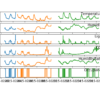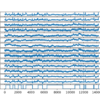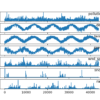Small computers, such as Arduino devices, can be used within buildings to record environmental variables from which simple and useful properties can be predicted. One example is predicting whether a room or rooms are occupied based on environmental measures such as temperature, humidity, and related measures. This is a type of common time series classification […]










